In soccer, the ultimate aim is to score more goals, but is it as easy as professional players make it look? The smooth, professional play we see on TV takes players a lifetime of exercise and practice to master.
And if you’re a soccer player, you almost certainly know how back-breaking it is to learn and refine each one of these skills. But no pain, no gain, right?
Through this article, we’re going in-depth on the 5 most essential soccer skills to help you become a successful soccer player, so whether you’re a beginner or just trying to refine your soccer skills to achieve glory in the game, this article is for you!
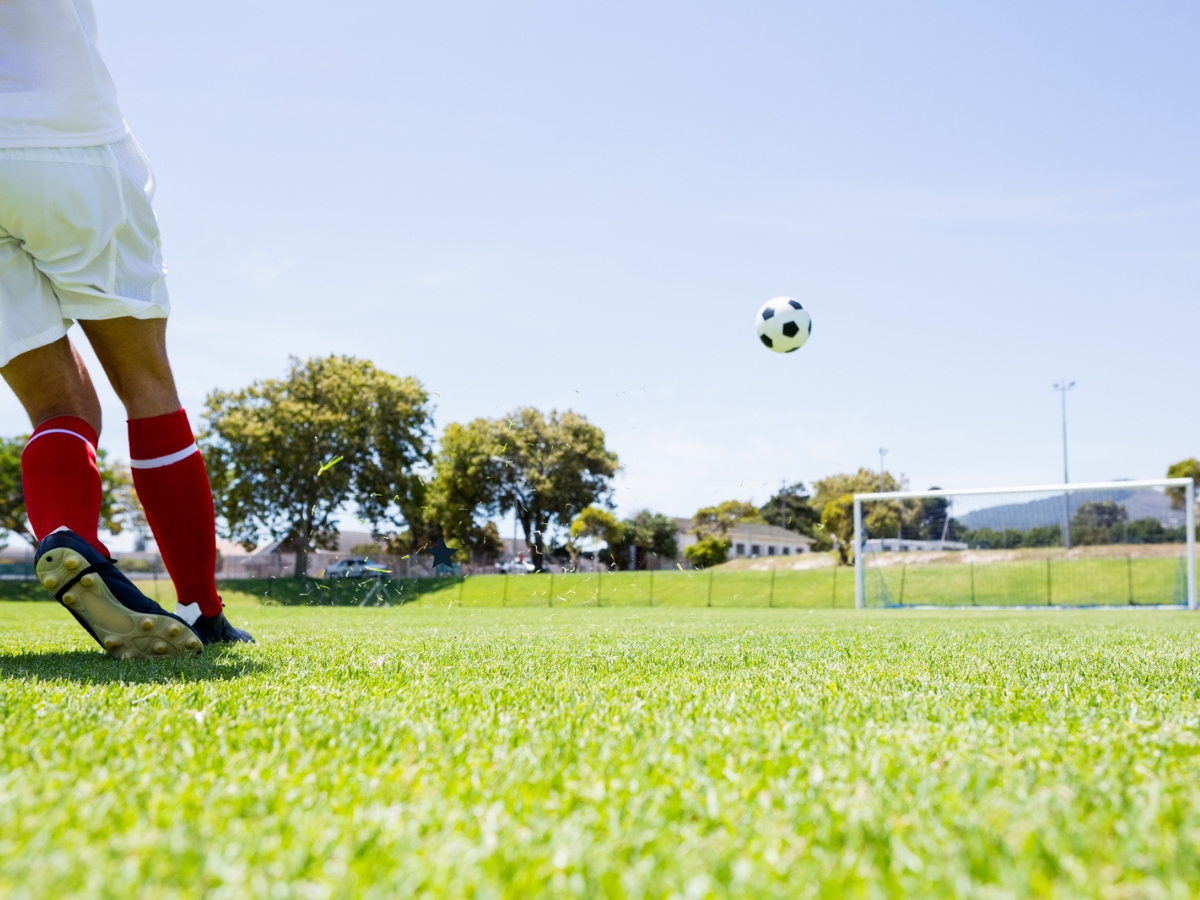
Passing
When you think of basic soccer skills, passing the ball is one of the first things that come to mind, and for a good reason, it is an essential skill that every player should have to some degree.
In soccer, we notice that the best teams are often the ones that pass to each other the best!
As a soccer player, you must have passing accuracy, which refers to your ability to send the ball to the desired destination with either foot.
This includes delivering the ball with force and accuracy to a teammate’s feet, crossing the ball perfectly in front of the net, or for strikers and attacking midfielders.
A through pass lands in the right place at the right time, which can lead to a goal.
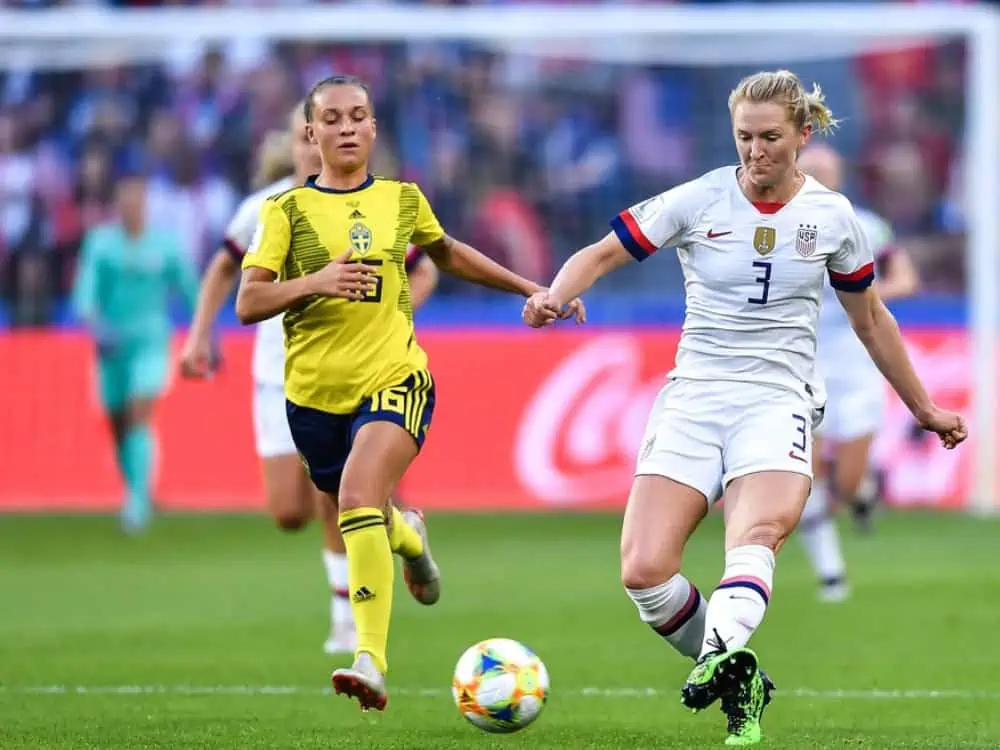
Passing Accuracy
Most players cannot succeed in football without the ability to pass accurately. To perform a standard pass, turn the hip outward, move your non-passing leg to the side, and then use the inside of your foot to pass the ball.
For longer passes across the field or passing above a defender’s head, it’s better to use the lofted pass. To perform a lofted pass, spread your place foot horizontally, kick the bottom of the ball with the area around the knuckle of your big toe, and then follow through.
And remember, your foot should end up high as you follow through.
You want a lofted pass to be firm but less potent than a shot. You might miss the bottom of the ball or not follow through accurately if your passes have too much force.
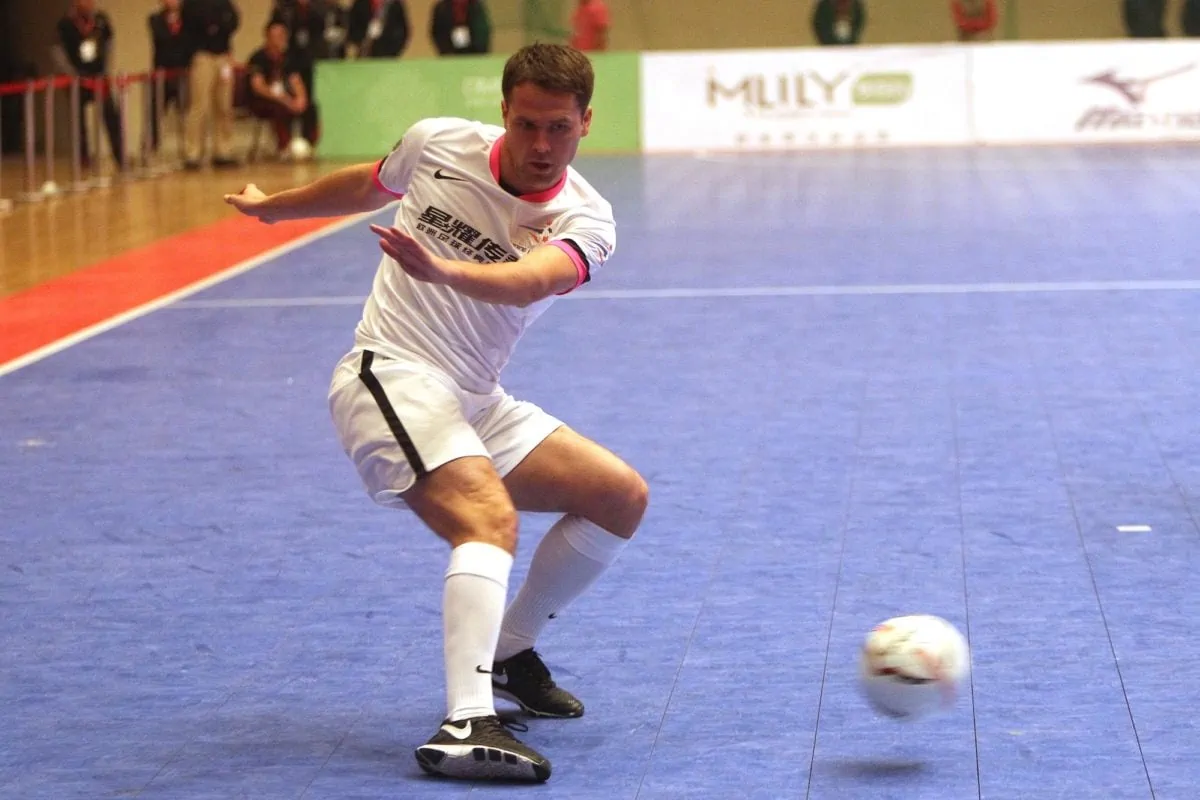
Chipped Pass
A chipped pass is almost the same as a lofted pass, except the ball remains in the air longer and has more backspins. A chipped pass is ideal when passing a short distance through the air.
To perform it, place your non-kicking foot to the side of the ball, slightly behind it. It would be best if you had a quick downward swing of your kicking leg with the three inside toes squarely beneath the ball, along with a very short follow-through.
This generates many backspins and a short yet high arc, similar to a golfer using a chipper.
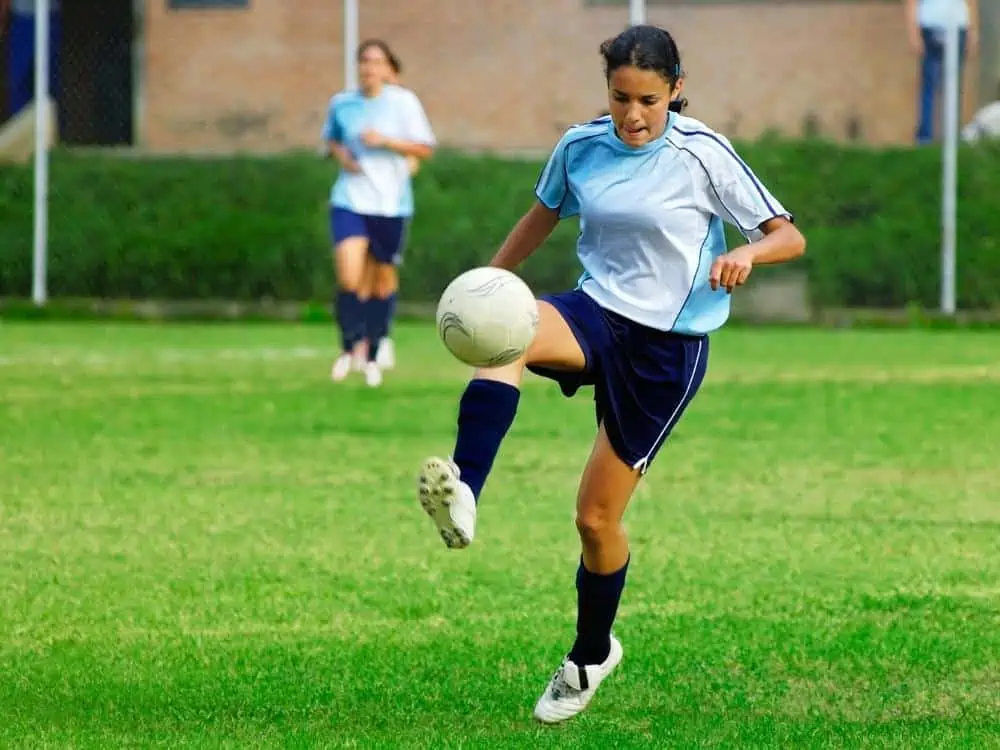
Receiving
Successfully receiving a ball from your teammate is a skill that has no less importance than passing it. It would be best to go to the spot where you want to stop the ball before you can properly receive it.
This is crucial since a missed chance occurs when a player fails to recognize when and how to intersect the ball, so the player must be quick and precise.
First Touch
The first touch should be perfect. You want to decide first which side of your body you want to use to stop the ball.
You also want your hips to be generally squared to the ball’s incoming path and appropriately balanced to absorb the speed of the ball once at the moment of contact.
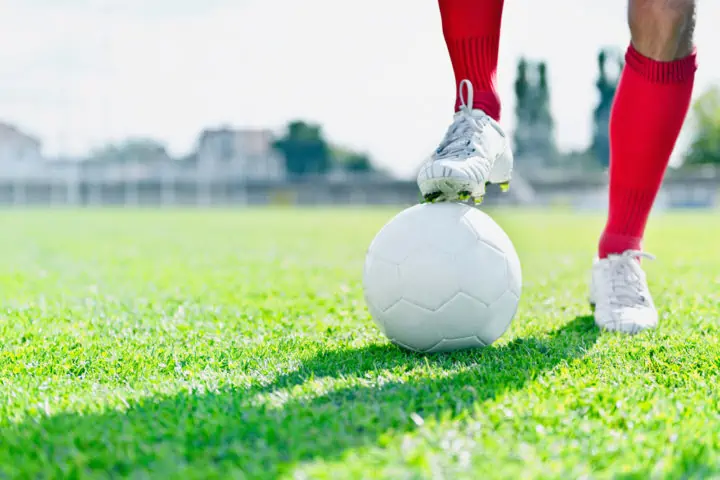
Trapping
Trapping is when you stop the ball and quickly gain control over it as it approaches you. It is a necessary skill as you become more experienced in soccer since it gives you an advantage over other players.
Inside Trap
The inside trap is the simplest to learn and the most common type in soccer, which requires you to use the inside of your foot to stop the ball.
As the ball approaches you, twist your foot such that the inside of your foot is towards the ball. Allow the ball to strike your foot, then slide your foot back slightly to keep the ball close.
You will need to be able to alter your footing on the fly if the ball is coming at you from an angle. It is easier to rotate the face of the ball if you’re going to trap it with the foot farther from it.
Stopping the ball with a kick is not a good idea. The ball should move your foot and not the other way around.
Chest Trap
You can also add the chest trap to your soccer skills by practicing leaning back slightly. A chest trap will deflect a ball away from your body and cause it to go down toward your feet.
Stay on your toes as the ball approaches you, allowing yourself to move around while keeping your knees slightly bent.
As the ball hits your chest, lean back slightly to allow it to bounce forward and land close to your feet.
Thigh Trap
To perform a thigh trap, catch the ball by lifting your dominant leg and quickly gaining control over it. It would be best if you bounced the ball off the center of your thigh.
Lift one of your legs while trying to make the thigh slightly diagonal as the ball approaches. As the ball approaches you, let it contact the center of your thigh and start straightening your leg again and putting your foot down.
Be careful that if the ball strikes your knee, it will bounce off at an undesired angle, and if it hits your leg too far up, it may hit your belly instead.
Your thigh should be at around a 110-degree angle to your body. Instead of bouncing straight up or throwing the ball too far away, this will help it land close to you.

Dribbling
If you want to become a successful soccer player, you have to be good at dribbling. Dribbling helps you gain better control over the ball and sets you up for both passes and shots.
A “touch” in soccer occurs whenever you contact the ball. You want to make frequent, gentle touches with the ball, which will eventually help you acquire control over it.
Dribble galloping with the leading edge of the foot. Every time you move forward, gallop with the same foot. As a result, the ball will remain near to your foot as you go.
Control the Ball
This maintains contact between the ball and the front edge of your foot, allowing you to move as quickly as possible while maintaining balance.
This is only to move the ball downfield as quickly and precisely as possible, and it does not apply to making stops, cuts, or direction changes.
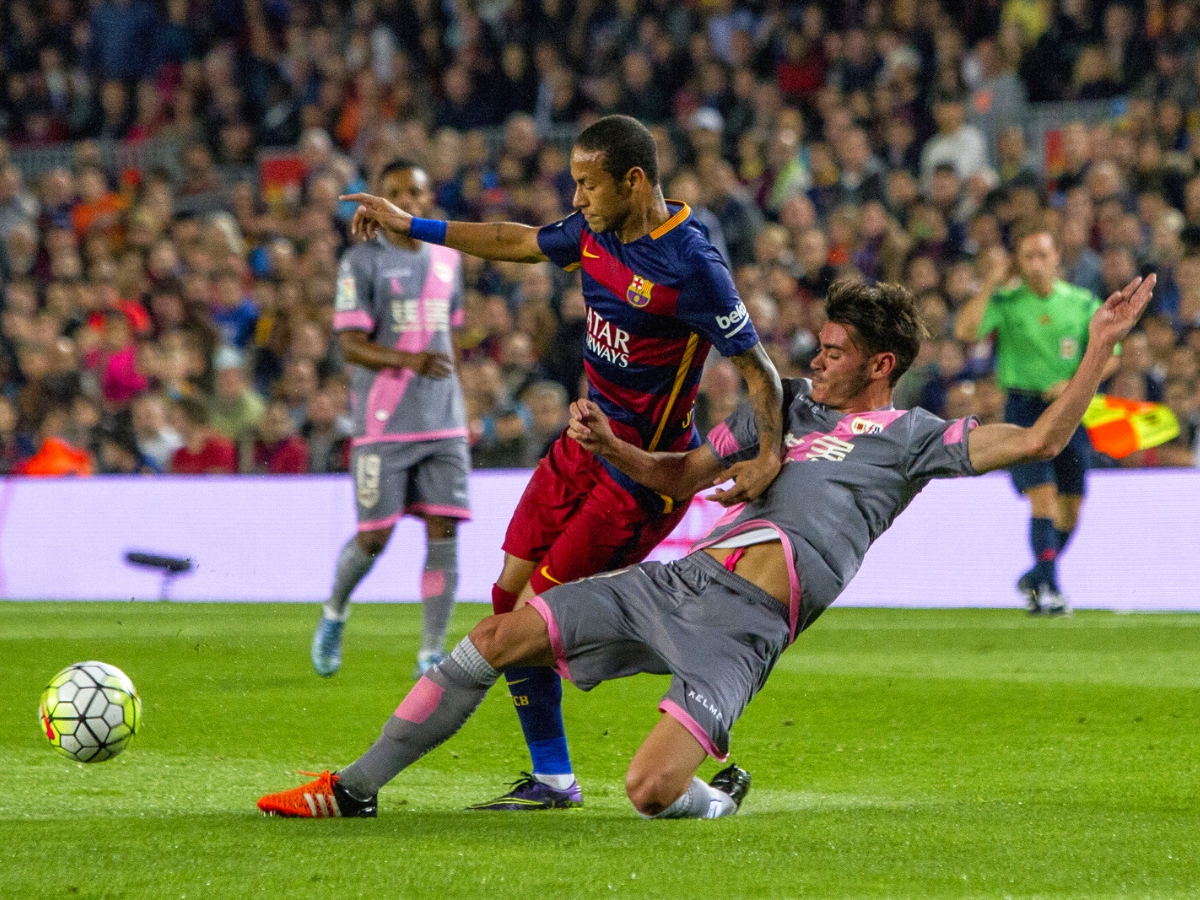
Use Your Body
One of the best ways to protect the ball while dribbling is by using your body to shield it from close defenders. Use your arms, shoulders, and legs to keep them away from the ball.
Make sure you’re between the defender and the ball in the middle of the field. You can also keep the ball on the opposite foot from the defender.
You also want to change your pace as often as possible. The quickest way to be hung up by a defense is to attack predictably. Changing your pace allows you to shift speed more smoothly to catch defenders off guard.
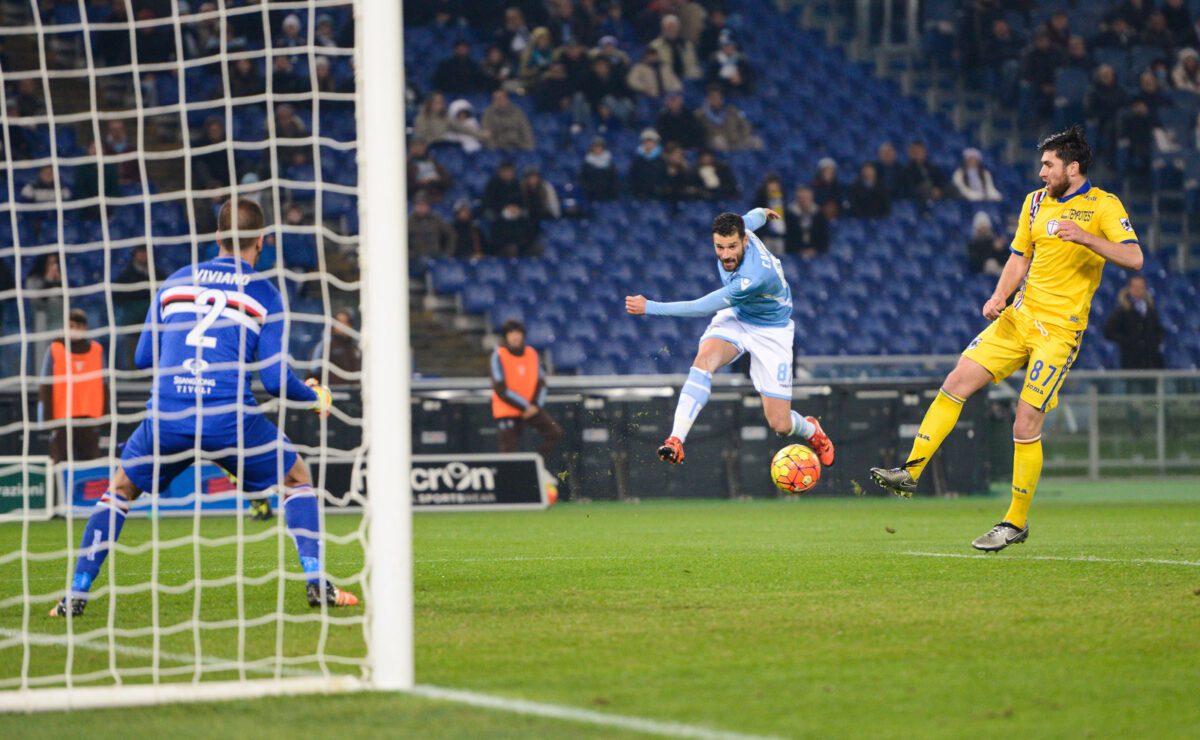
Shooting
Shooting with accuracy is the ultimate aim of any soccer player. It takes tons of practice to shoot your goal powerfully and accurately. The best way to practice shooting is through constant repetition until it becomes second nature.
To do it properly, you need to plant your left foot about 4 inches away from the ball, then keep your head over the ball and your eyes on it.
Step forward with your right foot using the instep of your foot to curl the ball around into the bottom corner.
From Distance
Shoot from a distance that is comfortable for you. Look up at the field to check where you are about the goal. Shooting from a distance won’t help you if you don’t have a lot of strength.
Being closer to the ball and getting a better shot will help you score more goals. You also want to prepare for every circumstance during a game. Practice shooting from various angles and ranges.
Finally, keep an eye on the goalkeeper’s position. They may stand to one side of the goal, exposing the other side.
They may bend over or start running towards you before you shoot, exposing one side of the goal. Shoot in the other direction to catch them off, guard.
Joel is a seasoned soccer journalist and analyst with many years of experience in the field. Joel specializes in game analysis, player profiles, transfer news, and has a keen eye for the tactical nuances of the game. He played at various levels in the game and coached teams - he is happy to share his insight with you.



